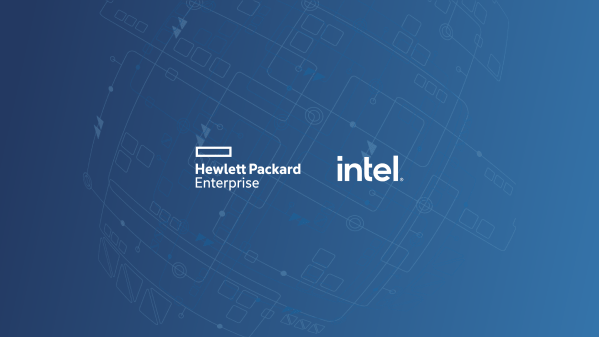- Sponsored
- Modernization
Why data analytic platforms hold the key to smarter cloud investments

As federal IT leaders continue to assess how best to manage their data and applications in the cloud and on-premises, many must still confront a deeper challenge, says a new report: The need to establish an enterprise-wide view and understanding of their data.

Read the full report.
Having a comprehensive federal data strategy involves more than cataloging what data your agency has, which data is most valuable and where it resides. It also requires the ability to gather and analyze operational and security data in real time — and then have the additional ability to discern how various types of data are being put to work over their lifetimes.
“The world is moving to a place where there is too much data coming at us all day, every day,” says Juliana Vida, group vice president and chief strategy adviser at Splunk. A former deputy CIO at the Pentagon and retired U.S. Navy commander, Vida argues that despite the challenges of capitalizing on cloud services, agencies have “no other option” but to move to the cloud.
“There is no other way to manage the volume, velocity, variety, and pace without leveraging cloud technology. So the end state has to be figuring out how and when to leverage these mature data analytics capabilities that are optimized in the cloud,” she says.
But without a foundational data strategy upfront — and the tools to develop and foster that strategy — deciding what to move the cloud becomes even harder than it already is, she says in the report, “Why data analytic platforms hold the key to smarter cloud investments.”
Vida, and others in the report, maintain that organizations need to move beyond rationalizing applications and data centers in the name of efficiency. Instead, they need to adopt a platform approach that has the capability to gather, unify, analyze and act on data from all types of systems across an organization, including data operating in the cloud.
“The right platforms help you identify which data you’re actually using, which applications you actually need … and take the human effort out of it to figure out what’s important,” she explains.
Without a fully informed data strategy, organizations run the risk of transferring workloads to the cloud only to lose out on the potential insights and value the cloud can offer, says Geoff Woollacott, a senior strategy consultant and principal analyst at Technology Business Research.
“Cloud solutions alone will not deliver data clarity,” adds Dion Hinchcliffe, vice president and principal analyst at technology research and advisory firm Constellation Research. “In fact, they may create even less clarity because the data may be more dispersed.” That’s also in part because cloud providers only see a portion of a customer’s data.
The report cites findings from a recent Harvard Business Review Analytics Services study that found 66% of executives polled globally say that leveraging real-time data analytics, is “very or extremely important to monitoring and gaining insights across cloud services, applications and infrastructure.”
The report, underwritten by Splunk, highlights how Splunk’s Data-to-Everything Platform was instrumental in helping the U.S. Census Bureau unify and analyze data across the Census Bureau’s 52 systems and 35 operating divisions onto a single platform. That effort was part of a sweeping initiative to overhaul the bureau’s legacy systems and build a cloud-enabled IT environment in time for the 2020 census.
The report also highlights how Splunk’s Security Orchestration, Automation and Response (SOAR) system can support hundreds of tools and thousands of unique APIs, enabling IT teams to coordinate complex workflows.
“Platforms aren’t just a solution for putting your data into a cloud,” she Vida. “It’s being able to see across the entire lifecycle of the data and where it’s being used to help inform these decisions about migration and where to place investments — and where to pivot from what we used to do, to what we want to do. It offers end-to-end visibility of the data. And not all platforms do that.”
Vida also describes how establishing real-time observability puts federal agencies in a stronger position to achieve four longer-term benefits including greater efficiency, resiliency, security and innovation that provide added value to their investment strategies.
Download and read the full report.
This article was produced by FedScoop and sponsored by Splunk.






